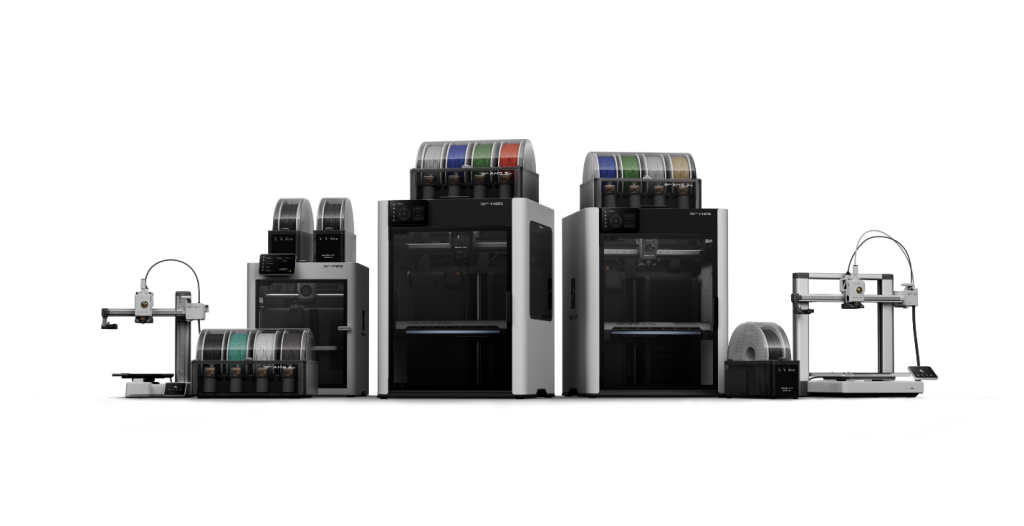A polished and visually appealing professional photography portfolio is essential for every photography style and genre. Food photography is no exception. The curated showcase of the photographer’s style, technical capabilities, and visual stories they can create helps them find new clients and establish a reputation in the fast-paced realm. A portfolio does not have to be big. It should represent your personal brand, highlight your works in the best light, and be consistent to make you stand out among competitors.
In this article, we provide a direct and relevant step-by-step guide on how to make a photography portfolio for food photographers. You will learn to develop your creative style, curate the most appropriate images, and showcase them in the most flattering manner. Make your food photos stand out in an overcrowded market without adding an extra layer of complexity.
Step 1: Define Your Style and Visual Voice

In creative restaurant food photography, clients look for a clear and consistent visual style. That is why creating a photography portfolio starts from deciding who you are as a photographer and who you want to be. Go through existing pieces and list the most regular patterns. Are you naturally drawn to light, airy images with much white space? Or do you prefer dark, moodier colors that emphasize texture and shadow?
Your shooting and post-processing choices should be intentional and carefully curated. Align them with your vision and stay true to it. If you are a newbie food photographer, play around with different creative styles until you find what feels right to you. A clearly defined artistic vision and confidence help you decide which pictures to include in your portfolio.
Photography LUTs are especially helpful in developing a recognizable editing style, even with no experience in image enhancement. They allow you to apply the same color grading across a series of pictures within one project. LUTs are especially useful when your shooting conditions and subjects (foods) vary. A cohesive look is essential for portfolios, so smart editing choices can help you achieve it without compromising diversity and versatility.
Step 2: Curate Your Best and Most Versatile Work
Portfolio books for photographers are not supposed to contain every shot they have taken. Be picky and aim for quality, not quantity. Fifteen good and cohesive photos in your portfolio will work better than 1000 low-quality and inconsistent shots.
Show how you work with various food types. Include pictures like raw ingredients, plated dishes, drinks, or baked goods. Include diverse perspectives. Mix of close-ups, action shots, and flat-lay photography. It will portray you as a well-rounded food photography professional. Adapt to different subjects and shooting styles while staying true to your unique artistic vision and intended message.
Include a few personal or test shots in your portfolio. They help you push the boundaries and inspire creative experiments beyond your clients’ strict demands and industry standards. Personal shots are also helpful for aspiring photographers who have yet to collect a paid client base.
Once you have gathered your best shots, lay them out and see whether they flow well together and feel like the same photographer took them. If yes, you do everything right and are ready for the next step.
Step 3: Organize Your Portfolio for Impact

Present your chosen images intentionally and professionally. Organizing pictures means much more than selecting an order to show them. It means guiding the viewer’s eye through the visual narrative of your photo collection.
Start with a strong and attention-grabbing image. The first shot in your portfolio should set the tone and define the impression. The final image should also be powerful to ensure the emotional impact will last. The middle should flow smoothly by theme (breakfast, desserts, beverages) or composition type (close-ups, action shots, overheads). Opt for natural transitions. Drastic changes in lighting and color choices will make your collection look inconsistent and confusing.
Consider how your portfolio will be viewed. Think about the scrolling experience, image sizing, and how pictures appear on mobile devices in digital versions. If it is a printed book or PDF, keep the layout clean. Photos should have room to breathe without clutter.
Think of your portfolio as a conversation starter. When they seek a photographer, clients need more than good-looking visuals. They want thought, purpose, and a clear sense of direction. A properly organized portfolio introduces you as a serious professional ready to deliver great results.
Conclusion
Building a food photography portfolio goes far beyond collecting your best shots. Your portfolio is a curated visual narrative of who you are professionally. It should be representative of your progress, mastery, and artistic promise. The perfect portfolio is focused, intentional, authentic, and attractive to potential clients. Your images should reflect your love of food, attention to detail, and a unique ability to create visuals that inspire appetite and emotion!











